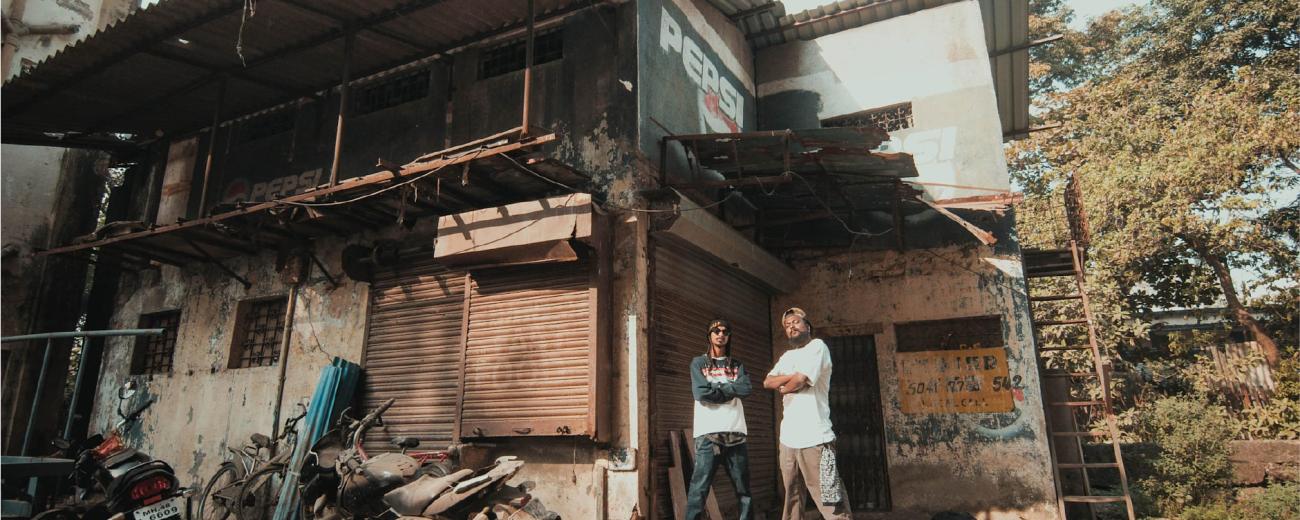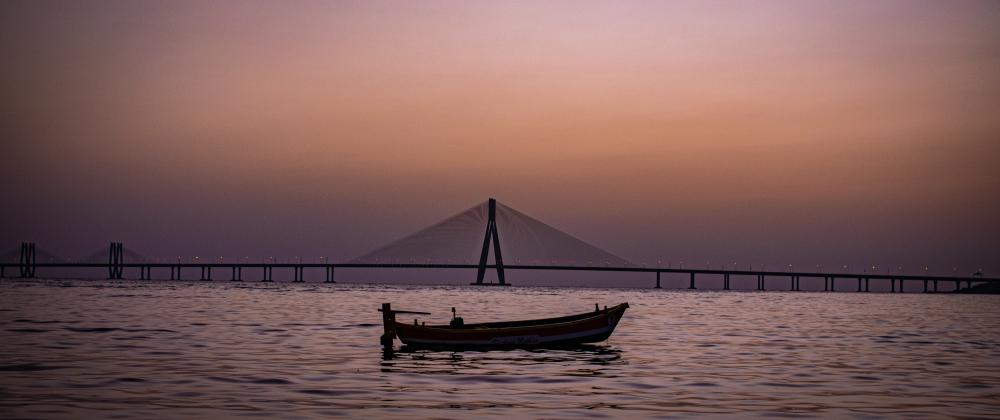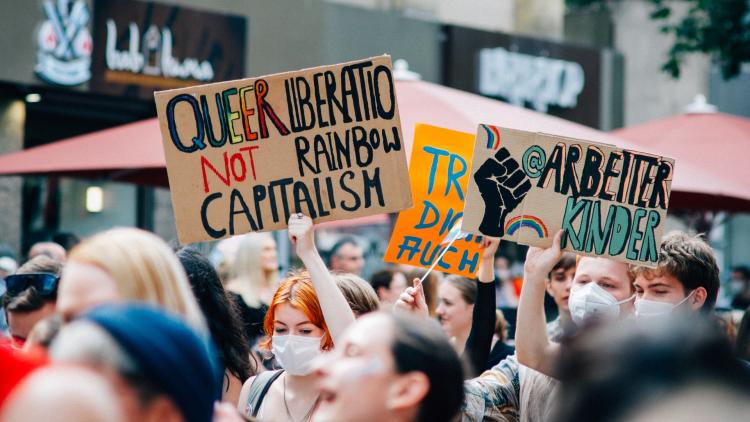The subaltern’s Shanghai: How Dharavi is designing its own renaissance


The desire to turn Mumbai into Shanghai has been a longstanding one, being a political promise of Prime Minister Manmohan Singh in the early 2000s. Governments have come and gone since, but the dream of Shanghai has lived on, spawning numerous multi-year projects, like the refurbishment of the international airport, the ‘Sealink’, and the ongoing development of the 33.5kms-long Mumbai Metro Line.
No conversation of Mumbai’s development, however, is complete without the mention of demolition of Dharavi.
Development initiatives
The displacement of a million people from prime real estate is easier said than done, particularly when Dharavi makes the economy upwards of $1 billion.
Dharavi does not just coexist alongside elite Mumbai suburbs. It flourishes despite its residents’ persistent negotiation of their predominantly informal existence with proposed development initiatives that threaten the imposition of formalisation. It is an emblem of sustainable development that also mines, from its labyrinthine gullies, a way to thrive both socially and culturally.
A model of sustainability
Illegality works in tandem with profitability in Dharavi. 11000 tonnes of waste produced by the city of Mumbai comes to Dharavi to be picked, sorted and recycled every single day. The plastic recycled in Dharavi helps produce over 2000 types of products like laptop cases, soap, pots, pans, and oil.
A hotbed of art and culture
The politics of existence in the slum has led to its renaissance as well. Dharavi is one of the original micro-scenes of Hip-Hop in India and has bred some of the country’s most popular and successful artists. The burgeoning music scene led to the creation of The Dharavi Project, a platform supported by film and music industry stalwarts like Shekhar Kapur and A. R. Rahman.
There is a concerted effort through multiple art projects like the Dharavi Biennale and St+art India to memorialise Dharavi’s informality in all its glory. Another platform, the Dharavi Art Room was founded especially for women and children to enable a channel for artistic expression and growth.
The subaltern Shanghai
From ‘razing’ to ‘heritage status’, Dharavi has seen many strategies proposed by planners, politicians and social commentators. The latest public-private partnership plan is yet another attempt to displace the so-called illegitimate.
In the meanwhile, Dharavi is busy making its own Shanghai. Through business, art and culture, but most importantly through the resilient labour of its people. It is a Shanghai of a million subaltern nameless faces who show great aptitude for invention and adaptability and who defy neoliberal incursion in the name of urban development every single day.
This blog was written as part of the core module ‘Anthropology of Sustainability' for the MA Anthropology of Global Futures and Sustainability.
About the author
Kavita Nataragan graduated with an MA in Gender Studies in September 2022 and took part in the core module for MA Anthropology of Global Futures and Sustainability.





